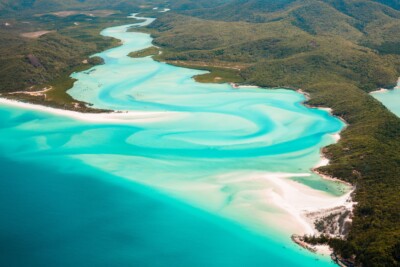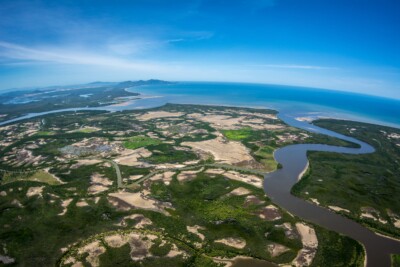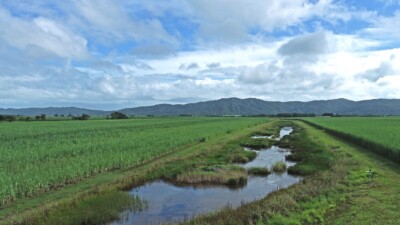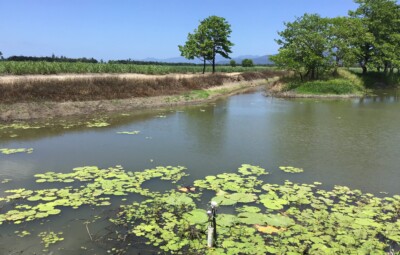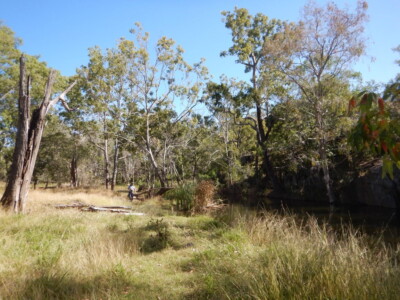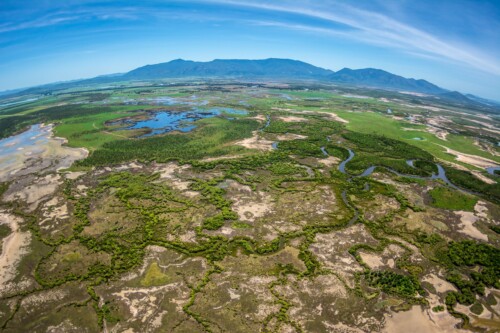Dissolved nutrients

What role do natural/near-natural wetlands play in the provision of ecosystem services and how is the service of water quality treatment compatible or at odds with other services (e.g., habitat, carbon sequestration)? [Q4.9]
Authors: Nathan Waltham1,2, Catherine Lovelock3, Maria Fernanda Adame4, Katie Motson1,2
Affiliations: 1Centre for Tropical Water & Aquatic Ecosystem Research (TropWATER), James Cook University, 2College of Science and Engineering, James Cook University, 3University of Queensland, 4Australian Rivers Institute, Griffith University
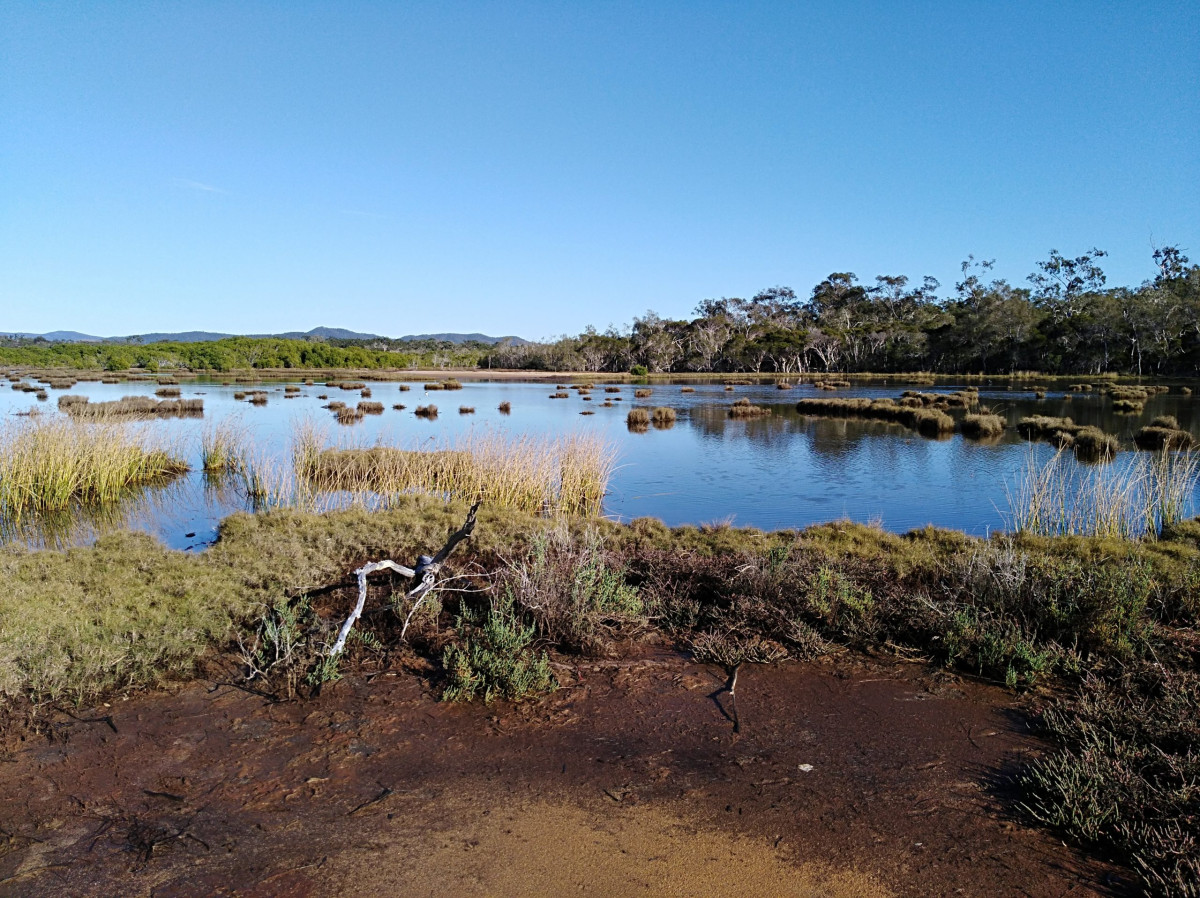
Evidence Statement
The synthesis of the evidence for Question 4.9 was based on 125 studies, primarily undertaken outside of the Great Barrier Reef, and published between 1990 and 2022. The synthesis includes a High diversity of study types (31% observational, 18% modelled, 18% reviews, 14% theoretical, 12% experimental and 2% conceptual), and has a Moderate confidence rating (based on High consistency and Moderate overall relevance of studies).
Summary of findings relevant to policy or management action
Natural and near-natural wetlands in the Great Barrier Reef catchment include lacustrine (e.g., lakes), palustrine (e.g., vegetated swamps, billabongs), estuarine, and riverine wetlands. These wetlands support many ecosystem services including regulating services such as improved water quality and carbon sequestration, supporting services such as nutrient cycling and habitat provision, cultural services such as aesthetics and recreation, and provisioning services including food, water and other resources. However, these services are under threat in response to expansion of coastal agriculture development, as well as urban and industrial expansion. In tropical/subtropical wetlands, stressors that compromise wetland water quality can impact the ecosystem services wetlands provide. For instance, connectivity and hydrology have an important role in protecting water quality and other wetland ecosystem services; disruption to connectivity or hydrology can change water chemistry with flow on effects to aquatic organisms (e.g., fish kills). In Great Barrier Reef coastal and floodplain areas where historical wetland losses are high, the capacity of the remaining wetlands to process the volume of pollutants they receive is likely to be reduced. Therefore, restoration efforts and engineering interventions may be required to increase the water quality improvement efficiency, and the associated delivery of associated ecosystem services, for the wetlands remaining within the Great Barrier Reef catchment area. While wetlands can be restored to enhance water quality conditions, the maintenance following restoration works or intervention activities is critical. Without a long-term maintenance plan and a mechanism to fund these works, restoration sites have a high chance of returning to a degraded state. Wetland risk mitigation presents the greatest opportunity to enhance and protect the range of wetland ecosystem services provided within the Great Barrier Reef catchment. Although there is considerable research and management interest, greater commitment is needed to fund monitoring and evaluation of restoration works, as well as for maintenance. There is also a need for policies and planning to achieve long-term protection and conservation of the remaining natural and near-natural wetlands in the Great Barrier Reef catchment area.
Supporting points
- This synthesis identified a small number of research studies in the Great Barrier Reef catchment area compared to studies on natural and near-natural wetland from overseas, with most studies from the USA (35%), China (11%), South America (11%), and Australia (10%). Most studies have focused on estuarine settings (32%), 22% on riverine systems, 12% on palustrine/lacustrine, 17% investigated a combination of habitats, whilst 17% were from unidentified settings.
- Since 2016, studies investigating the ecosystem services provided by natural, near-natural, and restored wetlands in the Great Barrier Reef catchment area have included assessment of water treatment efficacy and nutrient processing, fish biodiversity and water quality in restored wetlands, in addition to carbon storage potential and avoided greenhouse emissions. Water quality in wetlands underpins many co-benefits, such as biodiversity and the ecosystem services that result from diverse populations of flora and fauna (e.g., fish, plankton, and macroinvertebrates), including increased food and habitat for birds, and greater potential for recreation such as bird watching, wetland aesthetics and fishing.
- Mangroves, salt marshes, and other floodplain native vegetation communities provide coastal protection, sequester carbon, and process nutrients that help to improve water quality. However, a limited number of studies have indicated that natural and near-natural wetlands have a wide-ranging capacity for both pollutant export and retention. While the international literature shows that the ecosystem services provided by wetlands are considerable, more research is needed to quantify these ecosystem services (e.g., environmental, economic, and social value) within the Great Barrier Reef catchment area.
- Trade-offs between water quality improvement and other services in natural and near-natural wetlands can include instances where hydrology or connectivity are affected. For example, seasonal wetland flooding has been found to result in greater connectivity among wetlands, micro-habitat creation, enhanced nutrient dynamics and carbon storage, flood protection, freshwater provision, and improved local water quality, but may lead to less favourable conditions for agricultural production.
- The Queensland Government has developed a values-based framework for the restoration, rehabilitation, and protection of coastal wetlands. This framework focuses on the components and processes in wetlands that maximise restoration success and ecosystem services for beneficiaries (user groups such as tourism, fishing, recreational and cultural). A whole-of-system approach is required so that the interconnected components and processes of the wetland systems, and landscape more broadly, are examined and understood, and management approaches are aligned with restoration goals.
- Ongoing monitoring and evaluation of restored, natural, and near-natural wetlands in the Great Barrier Reef catchment area is required to better understand the potential impacts of restoration actions on wetland values, water quality, and other ecosystem services. The Queensland Government is currently developing frameworks designed to provide managers with a tool to consistently examine and evaluate restoration projects in Queensland.
- Inclusion of all beneficiaries in a co-design process early in the project cycle (design, implementation, and maintenance) is important for defining and achieving ecosystem service goals. The potential implications of future climate change projections, such as sea level rise and more severe weather events (e.g., cyclones), for wetland treatment and restoration projects must also be considered.

